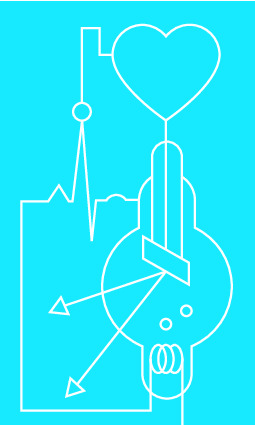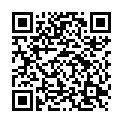|
|
|
| Module code: BMT202 |
|
|
4V (4 hours per week) |
|
4 |
| Semester: 2 |
| Mandatory course: yes |
Language of instruction:
German |
Assessment:
Written exam
[updated 18.06.2023]
|
BMT202 (P213-0002) Biomedical Engineering, Bachelor, ASPO 01.10.2011
, semester 2, mandatory course
|
60 class hours (= 45 clock hours) over a 15-week period.
The total student study time is 120 hours (equivalent to 4 ECTS credits).
There are therefore 75 hours available for class preparation and follow-up work and exam preparation.
|
Recommended prerequisites (modules):
None.
|
Recommended as prerequisite for:
BMT301
BMT503
BMT606
[updated 28.11.2013]
|
Module coordinator:
Dr. med. Günter Herth |
Lecturer:
Dr. med. Günter Herth
[updated 07.11.2013]
|
Learning outcomes:
After successfully completing this course, students will be familiar with the basic processes that can lead to dysfunctions and diseases, as well as the body’s corresponding adaptation, compensation and defence mechanisms. They will be able to substantiate this knowledge on the basis of selected clinical symptoms. They will be familiar with the principles of medical ethics.
This will enable them to classify and analyze medical terms and questions that may arise later in their professional lives in a meaningful and correct way and to establish connections to applications from technical fields in medicine.
[updated 18.06.2023]
|
Module content:
1. The basics
1.1 Definitions (sickness, health, organism and environment)
1.2 Description of pathological processes (symptoms, etiology, pathogenesis, dispositions)
1.3 Medical statistical terms and methods
1.4 Death, signs of death, confirmation of death
1.5 Pathology as a field of work
2. Changes at the cellular level
2.1 Adaptation reactions
2.2 Cellular changes
3. Tissue damage and noxae
3.1 Chemical noxae (toxins)
3.2 Physical Noxae
4. Repair mechanisms
4.1 Blood coagulation, thrombus and fibrinolysis
4.2 Regeneration and wound healing
5. Defense mechanisms
5.1 Non-specific reactions
5.1.1 Resistance mechanisms
5.1.2 Inflammations
5.2 Specific mechanisms
5.2.1 Structures of the immune system
5.2.2 Course of an immune reaction
5.2.3 Hypersensitivity and autoimmune reactions
6. Tumor pathology
6.1 Formation
6.2 Classification
6.3 Therapy
6.4 Common tumors
7. Special pathology in selected examples
7.1 Hormonal feedback loops and calcium homeostasis using osteoporosis as an example
7.2 Biomechanical pathogenesis using arthrosis as an example
7.3 Autoimmune disease and inflammation using rheumatoid arthritis as an example
7.4 Limits of compensation mechanisms using heart failure and heart attacks as examples
7.5 Primary and secondary diseases using diabetes mellitus as an example
[updated 18.06.2023]
|
Recommended or required reading:
Schwegler J.S.: "Der Mensch - Anatomie und Physiologie", Georg Thieme Verlag, 3. Auflage 2002, ISBN 3-13-100153-4
Speckmann / Wittkowski: "Bau und Funktionen des menschlichen Körpers", Verlag Urban und Fischer, 19. Auflage 1998, ISBN 3-437-26190-8
Huch R., Bauer, Chr..: "Mensch, Körper, Krankheit", 4. Auflage 2003, Verlag Urban und Fischer, ISBN 3-437-26790-6
[updated 18.06.2023]
|


